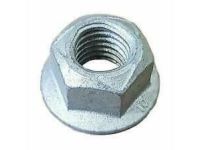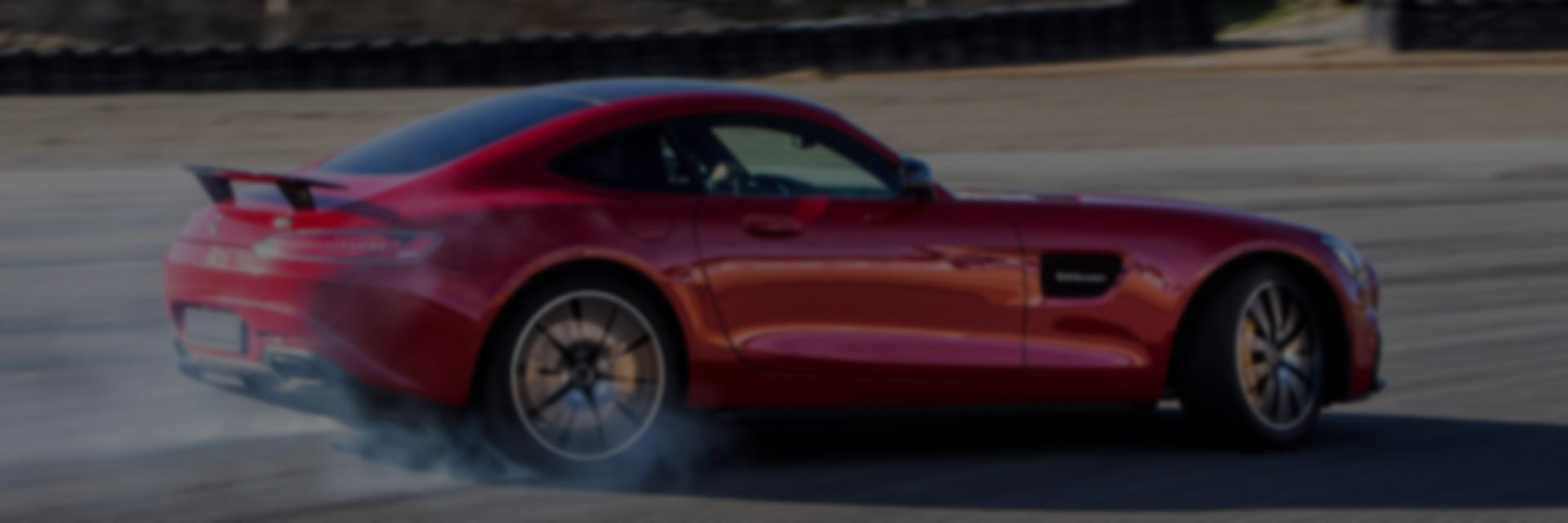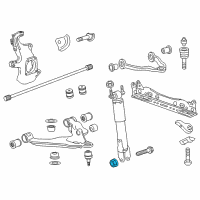< Back ×
My Vehicle Change Vehicle
2006 Chevrolet Equinox
< Back to View All
Alignment Kits
- Department
- Prices
OEM (Genuine) 2006 Chevrolet Equinox U-Bolt Nut
PartNumber: 11516382 Product Specifications
Product Specifications- Notes: 2005-06
- Location: Driver Side; Passenger Side
- Item Dimensions: 4.2 x 3.0 x 0.7 inches
- Item Weight: 0.70 Pounds
- Fitment Type: Direct Replacement
- Replaces: 22123946, 15702050, 15048124, 14013439
- Part Description: 2006 Chevrolet Equinox U-Bolt Nut
Vehicle Fitment- 2006 Chevrolet Equinox | L, LS, LT, LTZ, Premier, Sport | 4 Cyl 2.4 L FLEX, 4 Cyl 2.4 L GAS, 6 Cyl 3.0 L FLEX, 6 Cyl 3.0 L GAS, 6 Cyl 3.4 L GAS, 6 Cyl 3.6 L FLEX, 6 Cyl 3.6 L GAS
$1.14 MSRP:$1.79You Save: $0.65 (37%)
FAQ for Camber and Alignment Kit Repair
Q: How to adjust the front camber?
A:
After raising and supporting the vehicle, you can remove the wheel, tire assemblies, and the strut to knuckle nuts and bolts.
By Bob
GM Specialist
01/11/2022Q: What should be done to measure the front and rear alignment angles?
A:
You can install the alignment equipment, jounce the front and the rear bumpers 3 times and measure the alignment angles and record the readings.
By Bob
GM Specialist
01/11/2022Q: How to check the front bumper height?
A:
You can jounce the front and rear of the vehicle, replace the front springs when the measurement is outside of the specified range, lift the rear bumper approximately 38 mm (1.59 inch), remove your hands and allow the vehicle to lower, jounce the rear of the vehicle downward approximately 38 mm (1.59 inch), allow the vehicle to rise and replace the springs when the measurement is outside the specified range.
By Bob
GM Specialist
01/11/2022Q: What is the recommended torque for the jam nuts?
A:
The recommended torque is 60 Nm (44 ft. lbs.).
By Bob
GM Specialist
01/11/2022Q: How to adjust the rear toe?
A:
You can loosen the toe link-to-frame fastener, rotate the toe link cam nut, and snug the toe link-to-frame fastener.
By Bob
GM Specialist
01/11/2022Q: What is the adjustment procedure for the rear camber?
A:
The procedure is to loosen, rotate and snug the upper control arm-to-frame fastener.
By Bob
GM Specialist
01/11/2022Q: How to adjust the front caster?
A:
The front caster is not adjustable. If the front caster angle is not within specifications, you should inspect for suspension support misalignment or front suspension damage.
By Bob
GM Specialist
01/11/2022Q: How to adjust the front toe?
A:
You can place and lock the steering wheel, loosen both inner tie rod jam nuts, loosen the inner tie rod seal and inspect the toe angle to ensure proper adjustment.
By Bob
GM Specialist
01/11/2022Q: What is the recommended torque for the nuts and bolts?
A:
The recommended torque is 180 Nm (133 FT. LBS).
By Bob
GM Specialist
01/11/2022Q: What should be done before performing any adjustment affecting wheel alignment to ensure correct alignment readings?
A:
You should inspect tires for proper inflation and irregular tire wear, the runout of the wheels and the tires, the wheel bearings for backlash and excessive play, the ball joints, and tire rod ends for looseness or wear, the control arms and stabilizer shaft for looseness or wear, the steering gear for looseness at the frame, the struts/shock absorbers for wear, leaks and any noticeable noises, the vehicle trim height, the steering wheel for excessive drag or poor return due to stiff or rusted linkage or suspension components and the fuel level.
By Bob
GM Specialist
01/11/2022See more FAQs (7)


